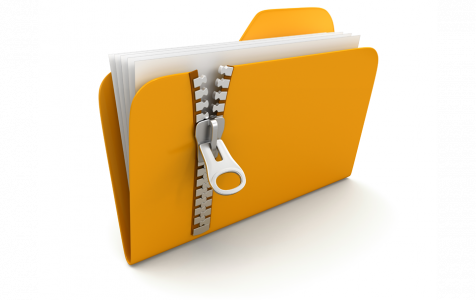The OS is installed in primary storage or partition, where apps and system recovery files reside. System files, like the SYSTEM.SAV folder, are usually hidden but pose no threat when visible. This article explains the folder’s role in Windows 10/11.
What is the SYSTEM.SAV Folder For?
SYSTEM.SAV is a folder associated with System Recovery Manager. It is usually found on HP systems. With this in mind, it’s safe to say that the SYSTEM.SAV folder is created and added by HP. The folder is used for software box installation; for instance, preinstalled apps or during the PC recovery process via the recovery manager.
Based on HP Forums, the SYSTEM.SAV folder is related to the recovery manager and is an important system file. Since the folder is used to store log files, it is vital for system recovery. Unfortunately, the SYSTEM.SAV folder occupies way too much space and should be cut down before taking over every free part of your system.
Should the SYSTEM.SAV Folder Be Removed?
It is possible to delete the SYSTEM.SAV folder, but that doesn’t mean it’s recommended. Experts point out that any files related to system recovery should not be deleted. These files include $RECYCLE.BIN, boot, hp, preload, Recovery, RecoveryImage, system.sav, bootmgr, BT_HP.FLG, CSP.DAT, DeployRp, HP_WSD.dat, and HPSF_Rep. Deleting these files can lead to future system recovery failure from the hard drive. So, if you’re not sure about a file, rather conduct an in-depth analysis before rushing to remove it.
Expert Tip: For smoother PC performance, consider using a PC optimization tool. It handles junk files, incorrect settings, and harmful apps. Make sure it's right for your system, and always check the EULA and Privacy Policy.
Special offer. About Outbyte, uninstall instructions, EULA, Privacy Policy.
What Happens If SYSTEM.SAV Folder Is Deleted?
The SYSTEM.SAV folder is created during the recovery process, which resets the system back to its original state. Restoring all settings resets your machine as if it has just been recently bought. In this folder, configuration files and utilities are stored. These are essential files during system recovery.
With everything highlighting the importance of this folder, it is also a fact that SYSTEM.SAV takes a lot of disk space. If you are planning on freeing up some disk space by deleting the SYSTEM.SAV folder, we advise doing so only if there is a strong system recovery solution on standby.
There are also other ways of freeing up some disk space in the primary storage drive. One involves the use of a reliable PC repair software that can clean out junk files such as temporary files, browser cache, idle issue logs, Windows Update leftover files, as well as MS Office cache.
It’s common to ask yourself and wonder should the SYSTEM.SAV folder be removed? Deleting the folder is dependent on whether or not you have a clean install of windows or a factory (OEM). The risk associated with deleting SYSTEM.SAV folder is that, for systems that come with Windows preinstalled, the process might result in removing the factory image and restore. In that case, Windows cannot be recovered at any point.
Successful removal results in more space freed up in the primary drive. you are planning to manually check the folder, then find trusted tools that automatically spot and remove it on your behalf. Using these tools takes away the risk of mistakenly deleting important configurations that are responsible for how your machine runs.
Set a plan to remove the SYSTEM.SAV folder, and clear out other folders, including the junk and downloads folders. These are also popular spots that fill up quickly when not constantly monitored. Check and free up more disc memory for enhanced system performance. Also, if you make it a habit to keep your system clean, finding entities like SYSTEM.SAV folders become easier.
